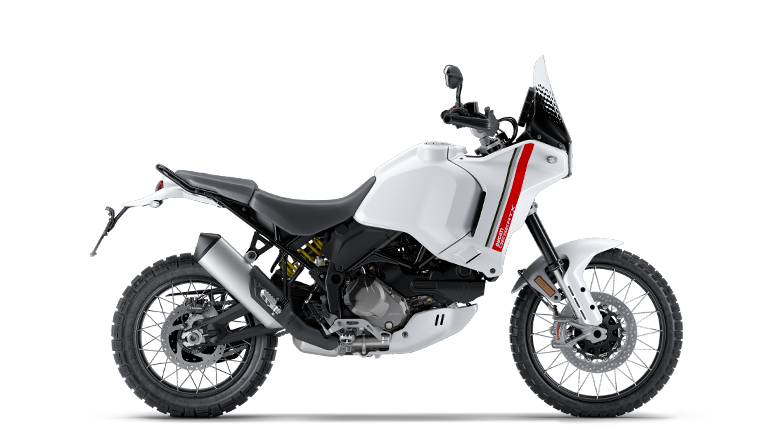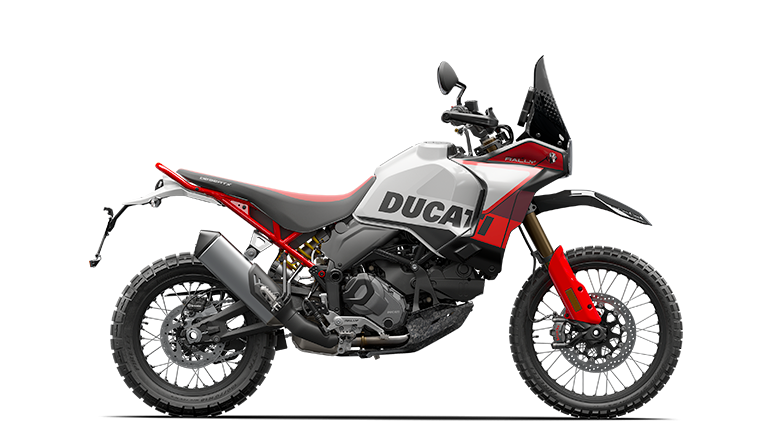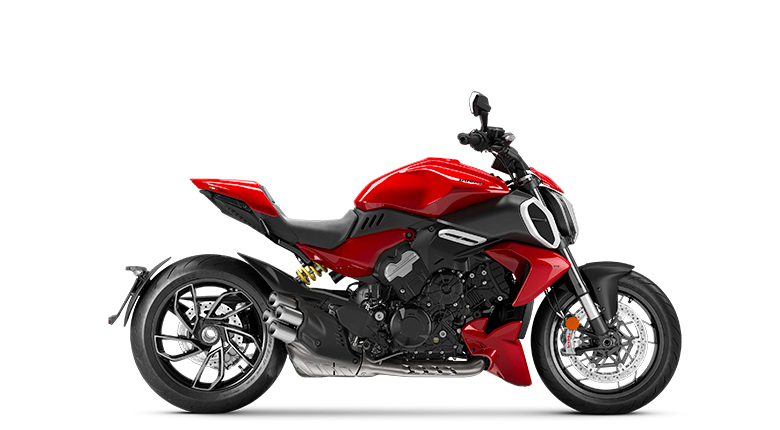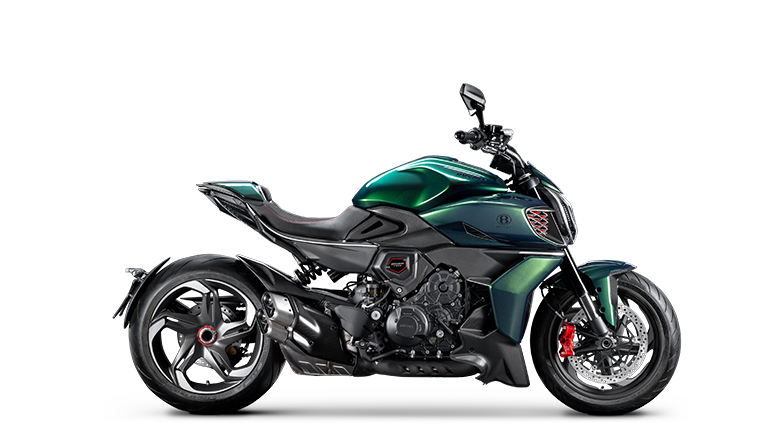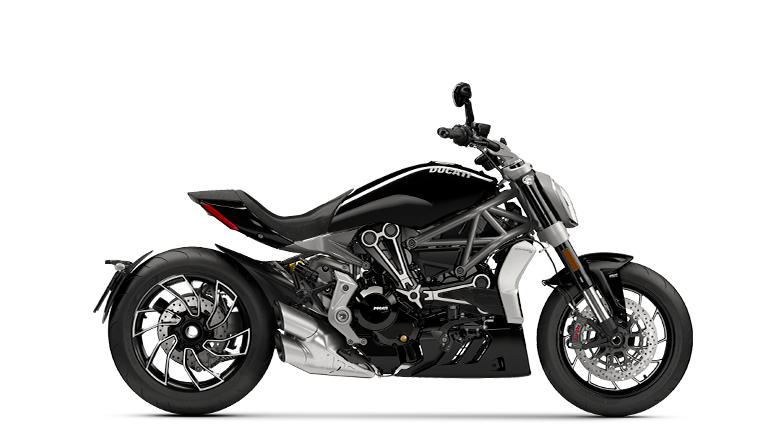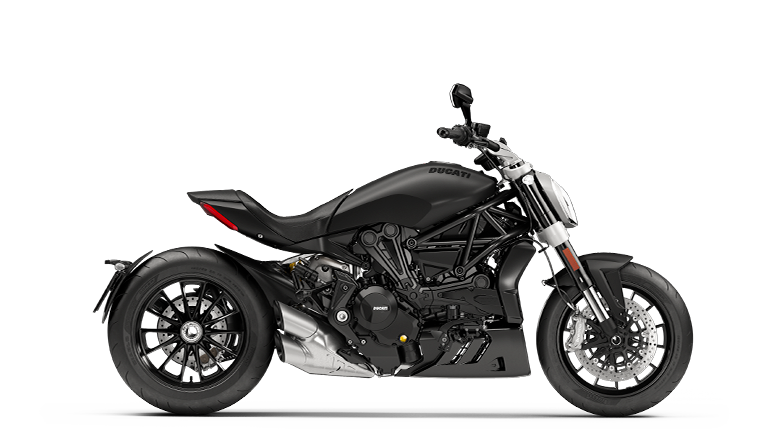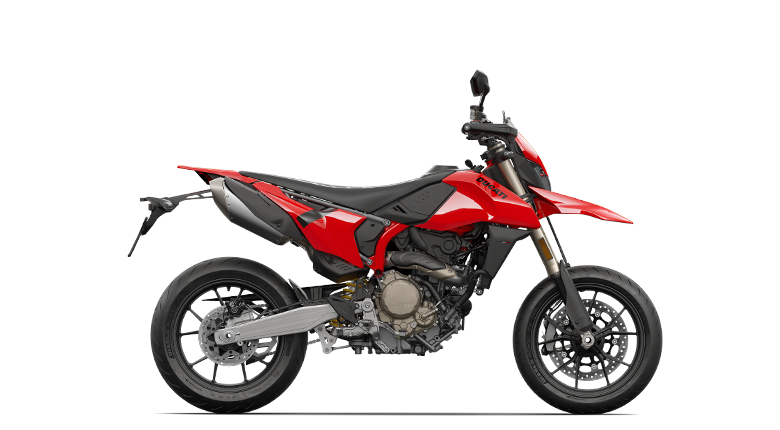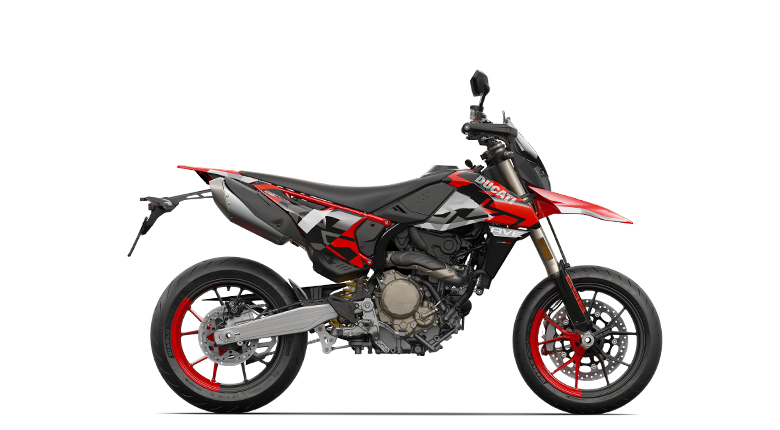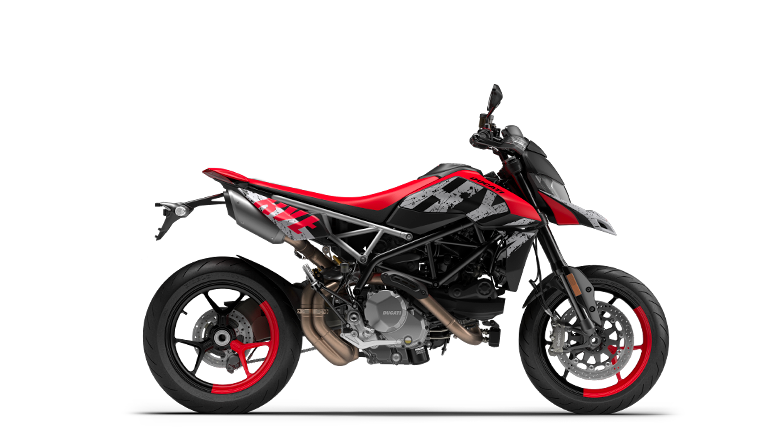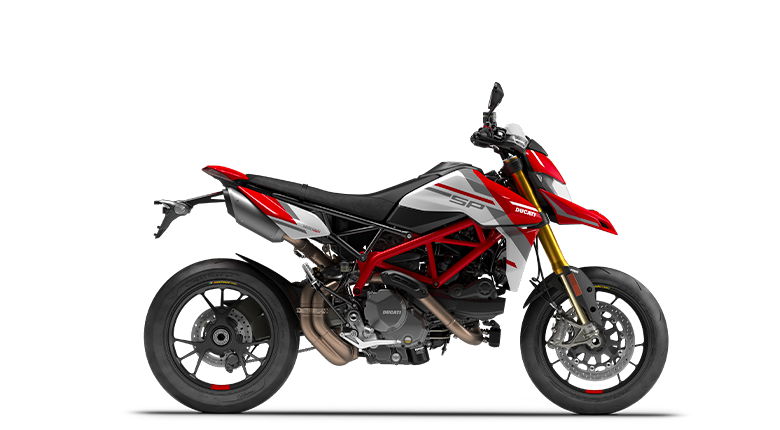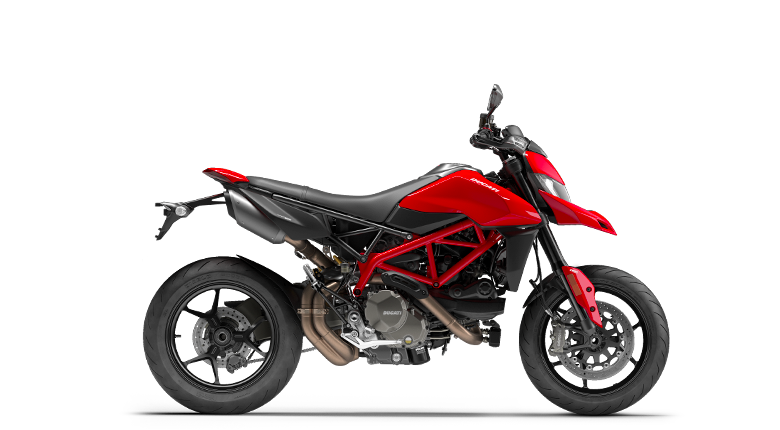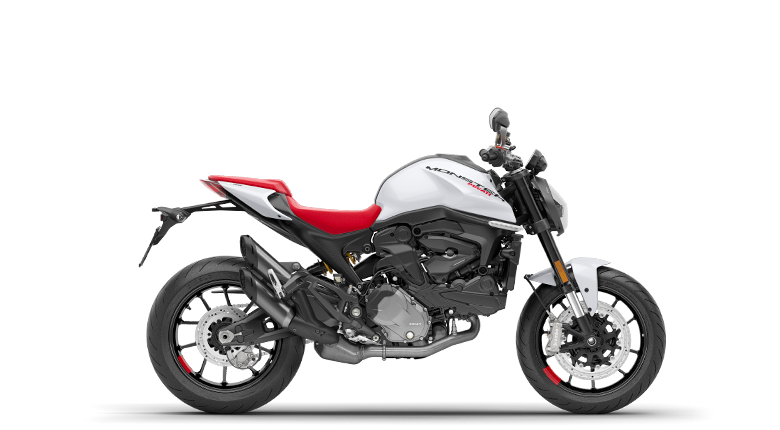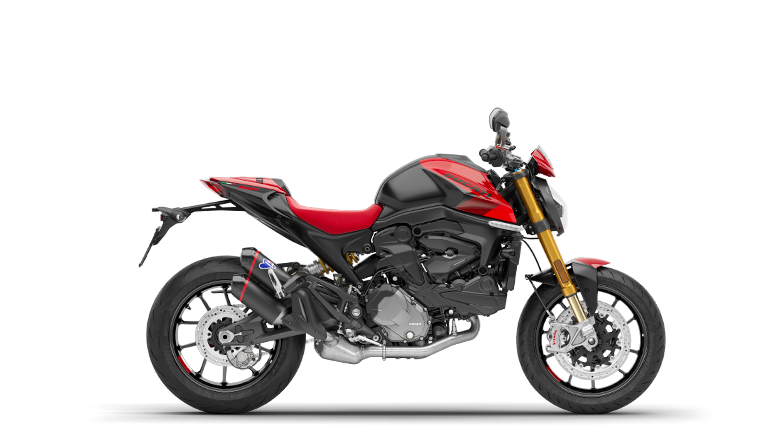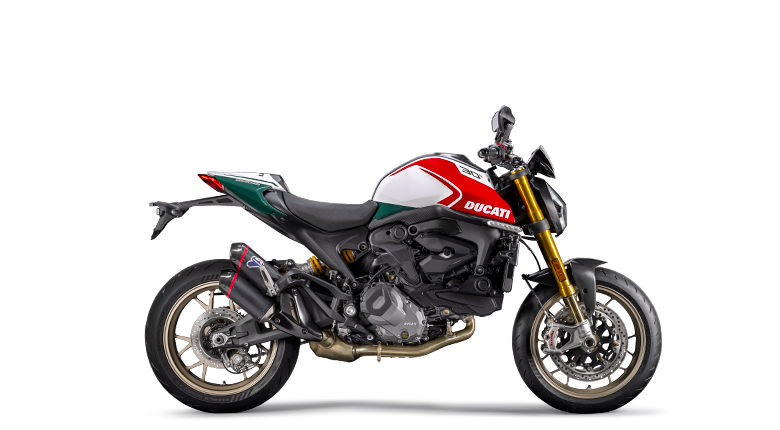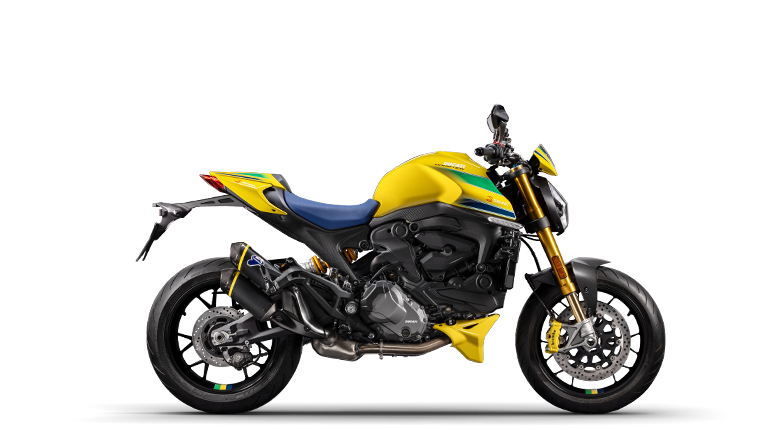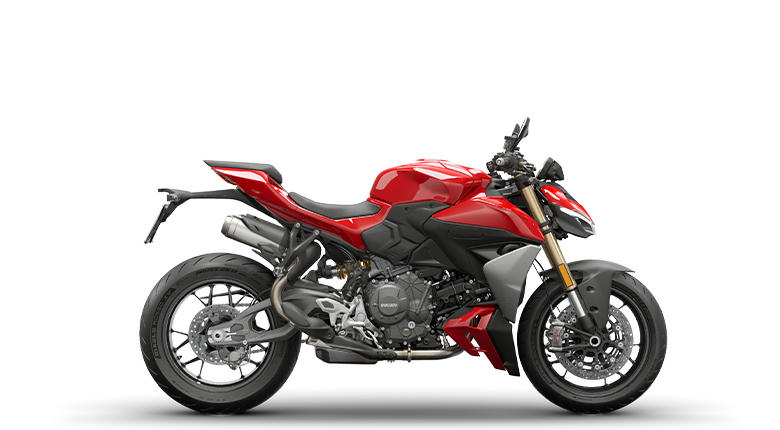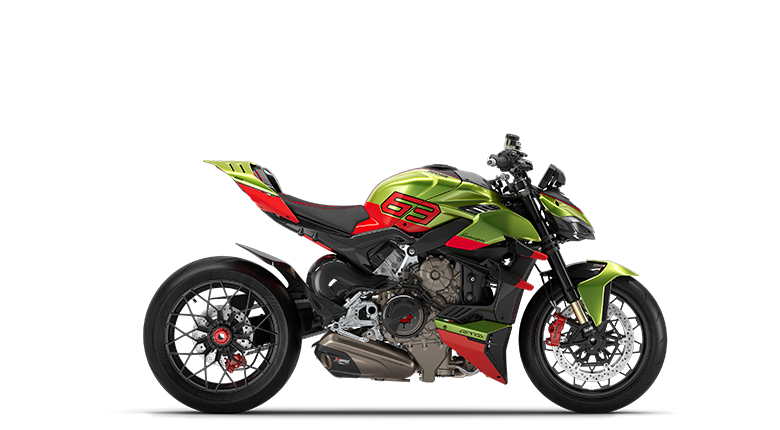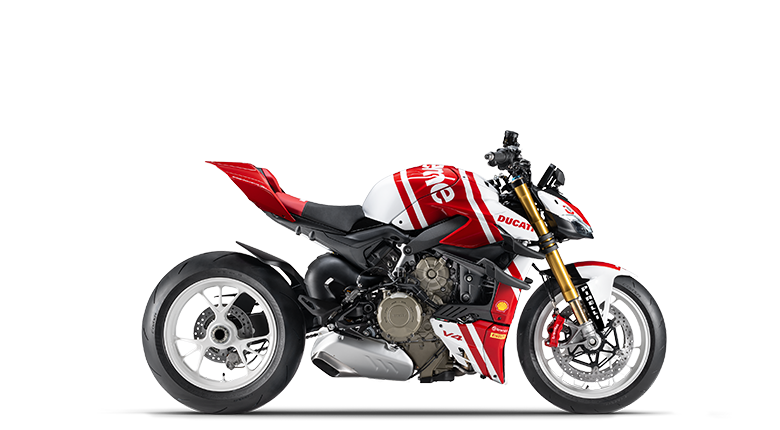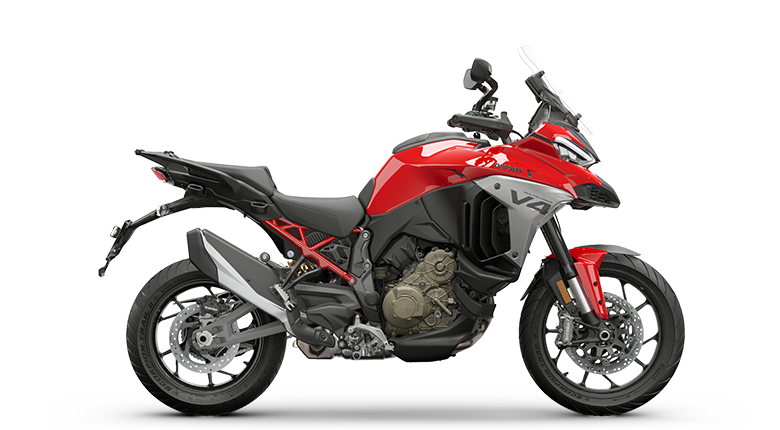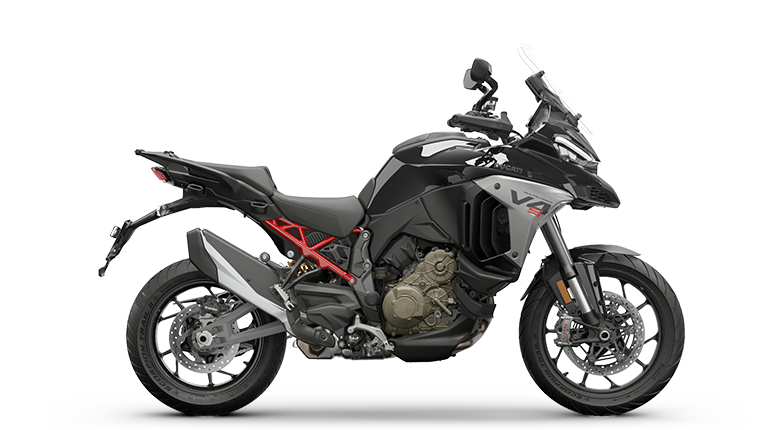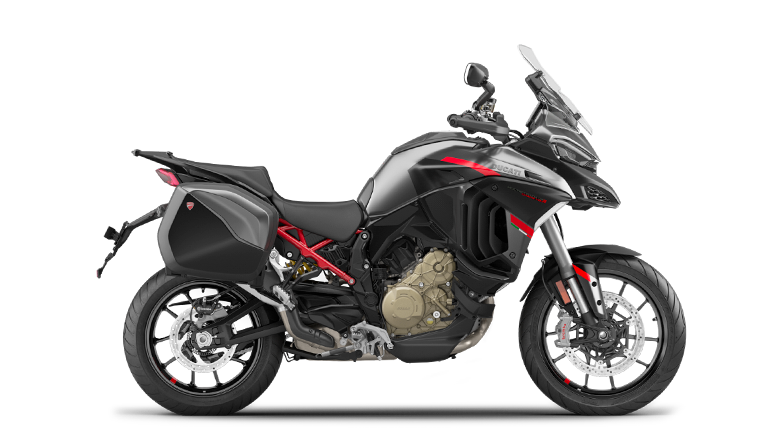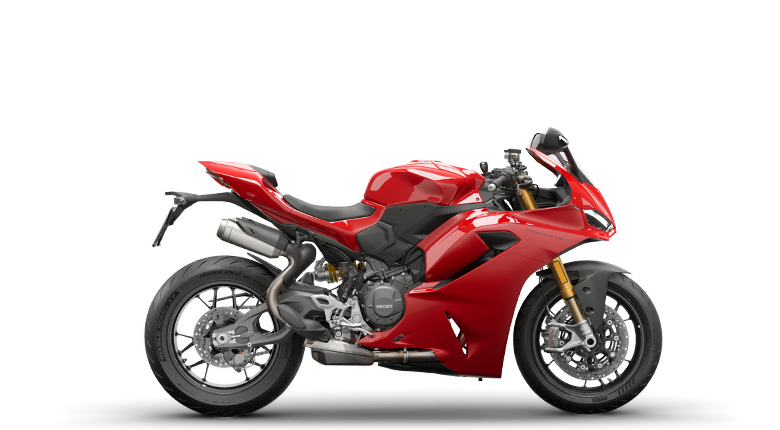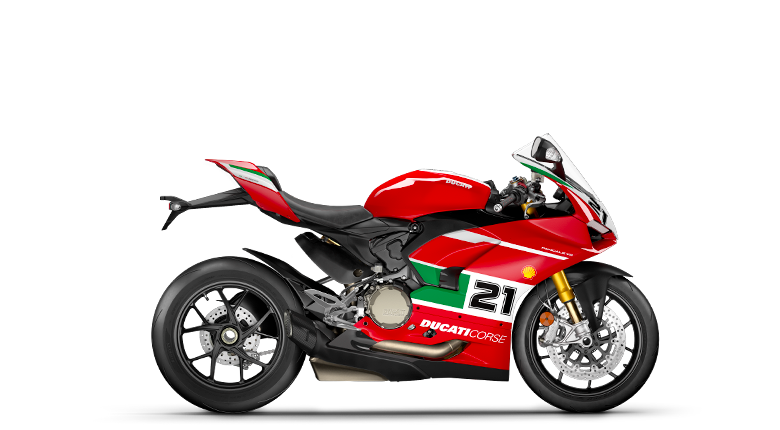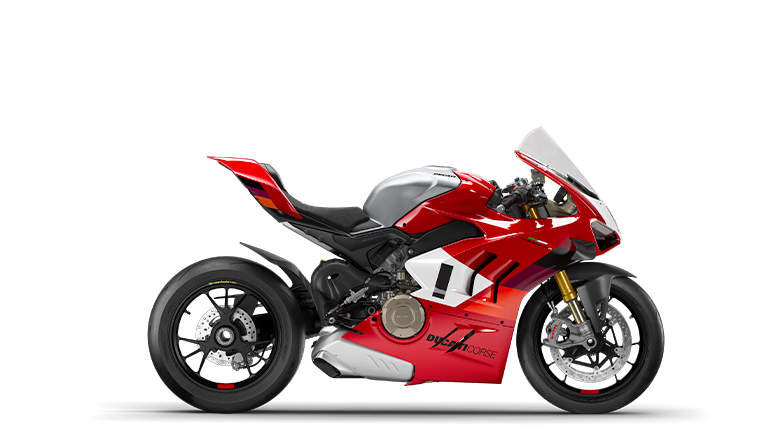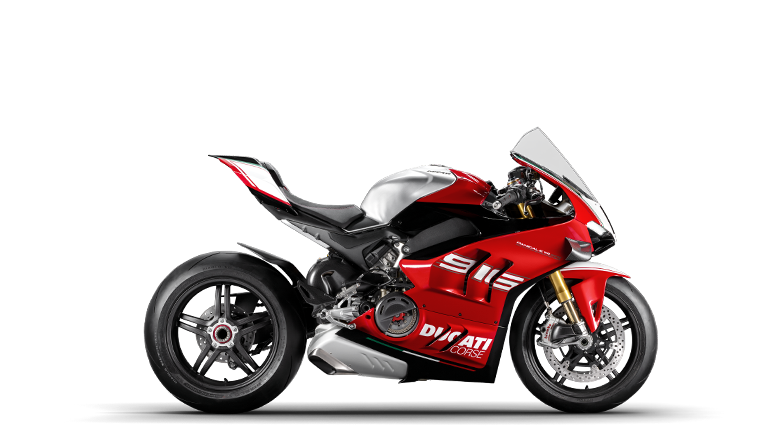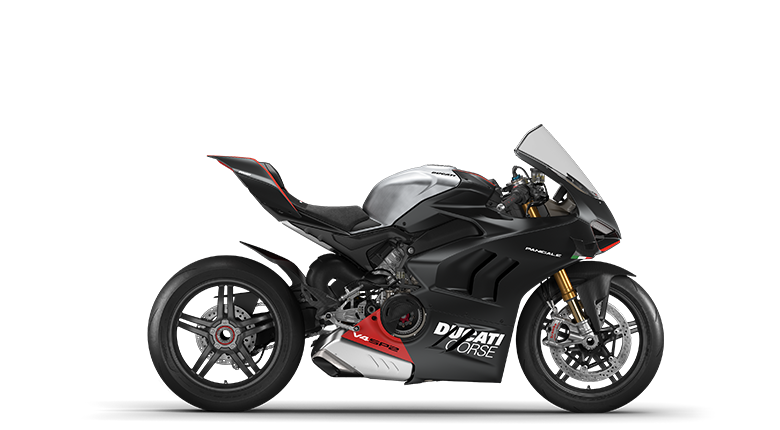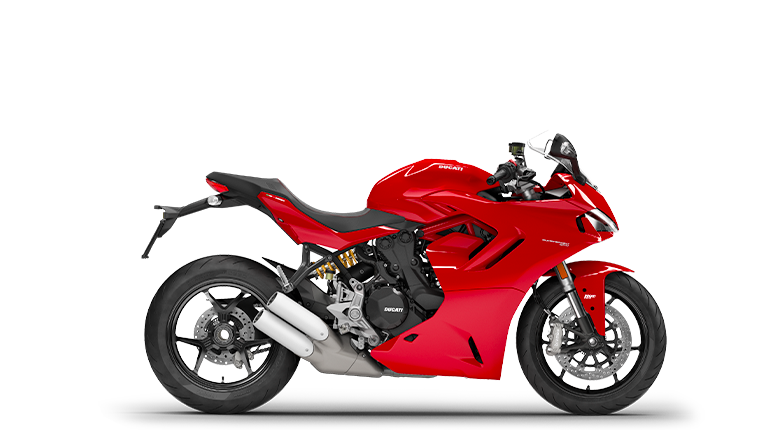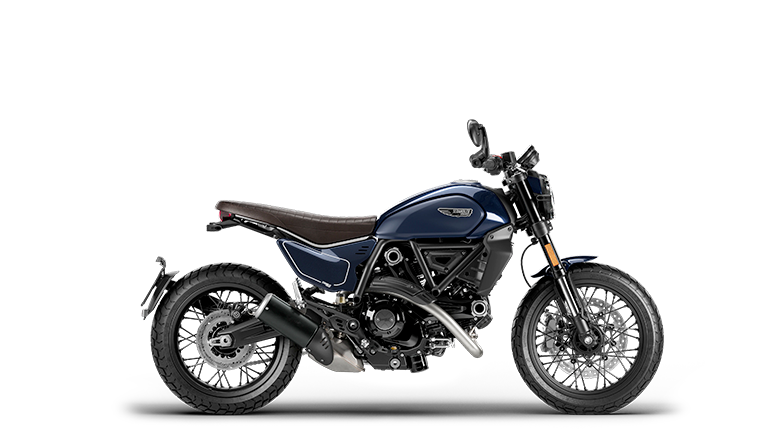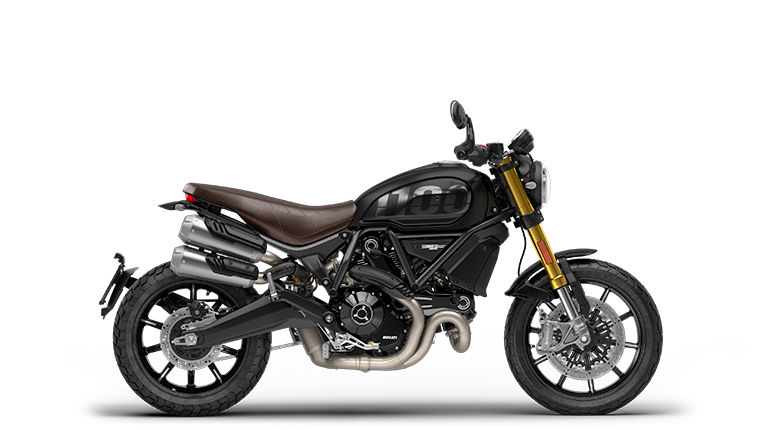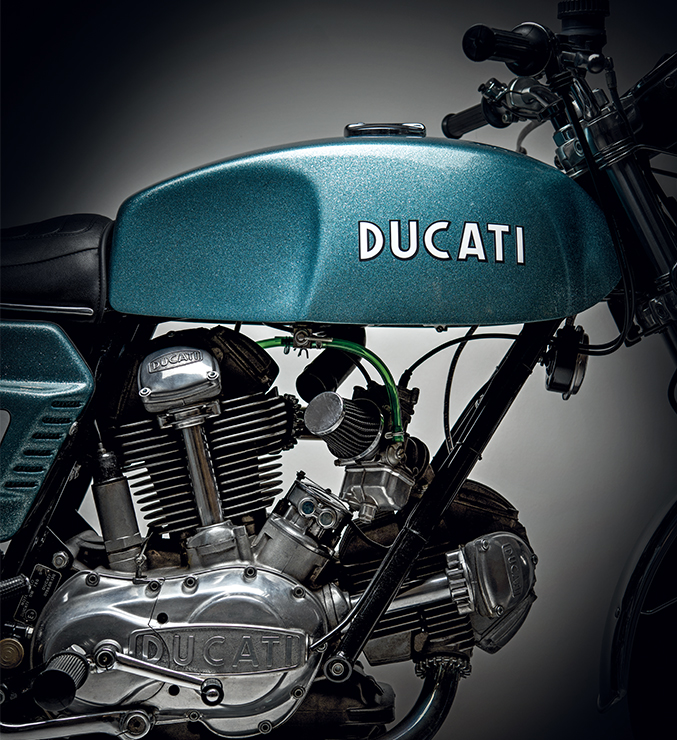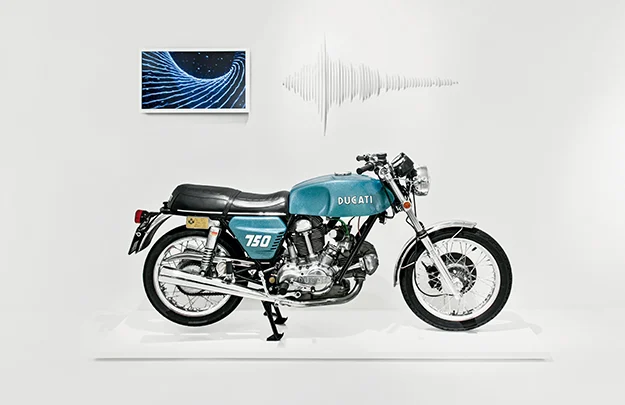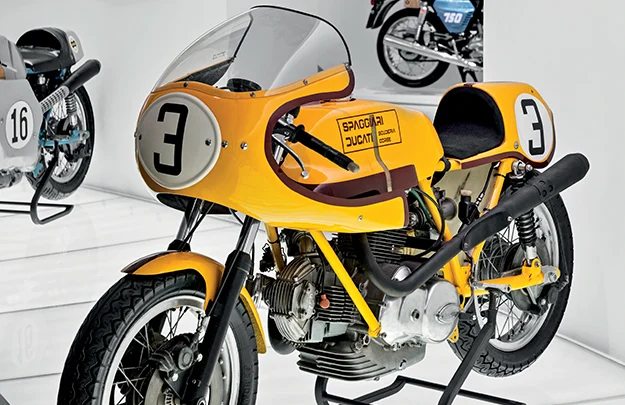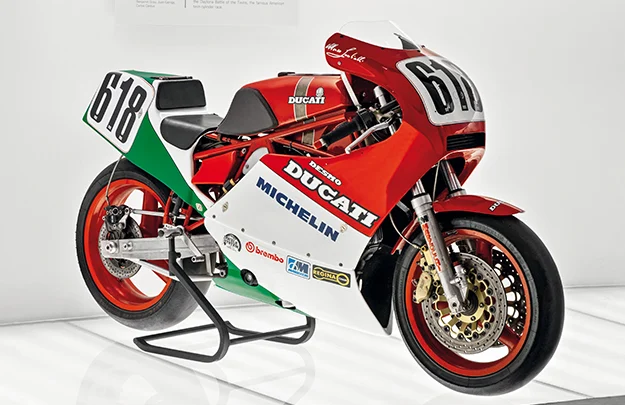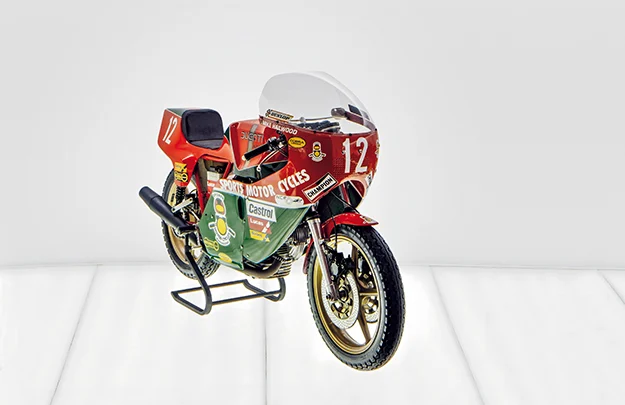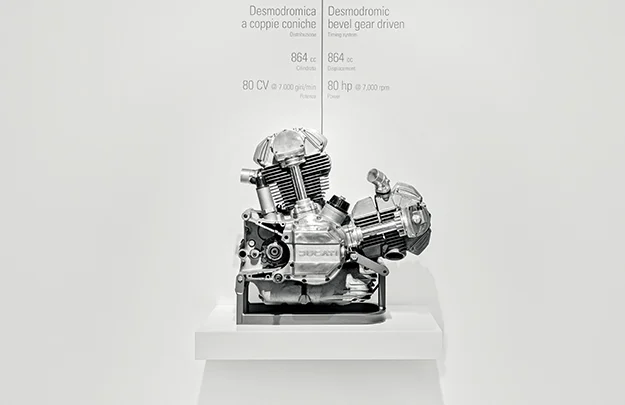750 GT
The events of the 70s had an important impact on the motorcycling world. High-powered motorcycles began to appear on the European market with increasingly large engines ensuring significant performance.
This meant that motorcycles became increasingly sports-oriented, their performance playing more and more of a role. With its 748 cc engine, the 750 GT was the Ducati response to this phenomenon.
Fabio Taglioni designed a new L-shaped twin engine with bevel gear timing that could excel both on the road and the racetrack. The 750 GT went into production in 1971 and immediately measured up against other models available on the market in terms of performance.
|
|
|
|---|---|
|
Displacement |
748 cc |
|
Maximum power |
60 hp at 8000 rpm |
|
Maximum speed |
200 km/h |
|
Dry weight |
185 kg |
In 1973 this served as the base as Ducati developed one of the most beautiful and highly appreciated motorcycles of the 1970s, the 750 SS Desmo, which was exhibited at the Guggenheim Museum in New York during the exhibition entitled The Art of the Motorcycle.
Its narrow, compact engine meant that the bike was more streamlined than its competitors, but what really made the 750 GT stand out was the unmistakable sound of the engine.
The road and race bikes that have made Ducati history over the years.
 日本
日本
 DesertX
DesertX Diavel
Diavel
 XDiavel
XDiavel Hypermotard
Hypermotard
 Monster
Monster Streetfighter
Streetfighter Multistrada
Multistrada Panigale
Panigale SuperSport
SuperSport
 Scrambler
Scrambler OFF-ROAD
OFF-ROAD
 LIMITED SERIES
LIMITED SERIES

